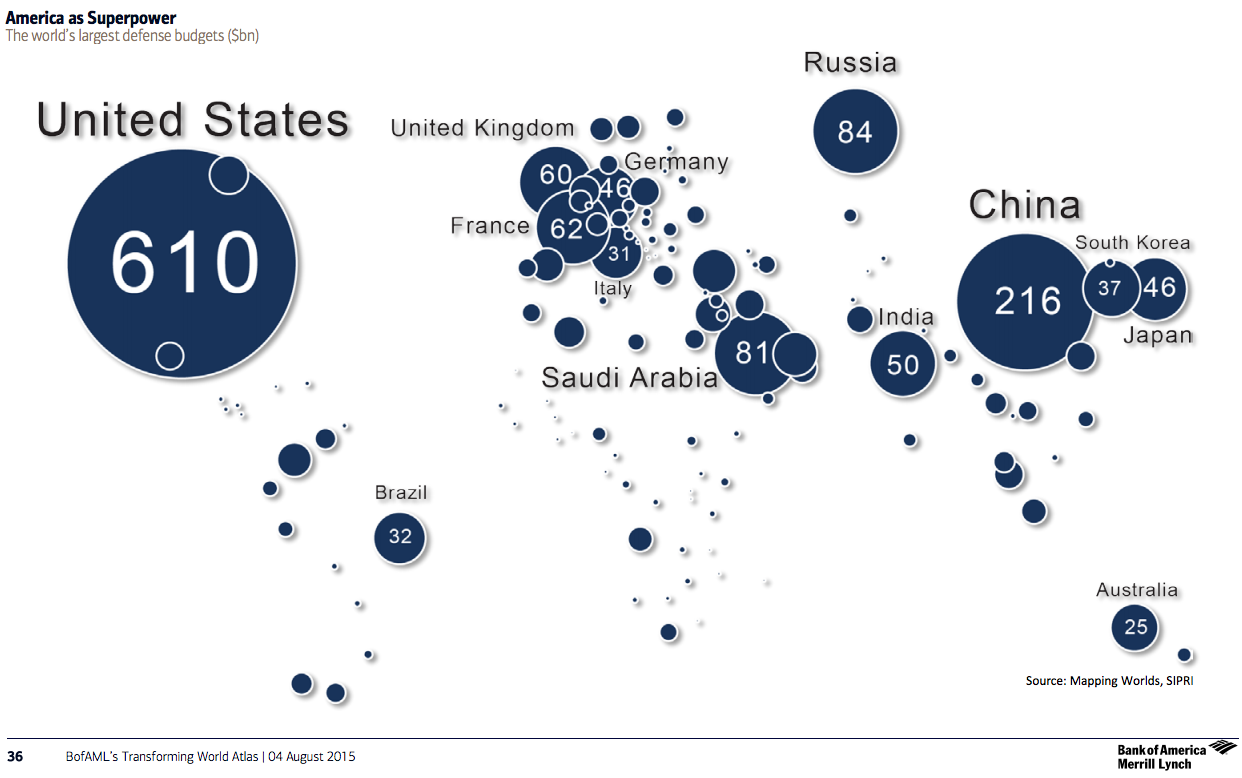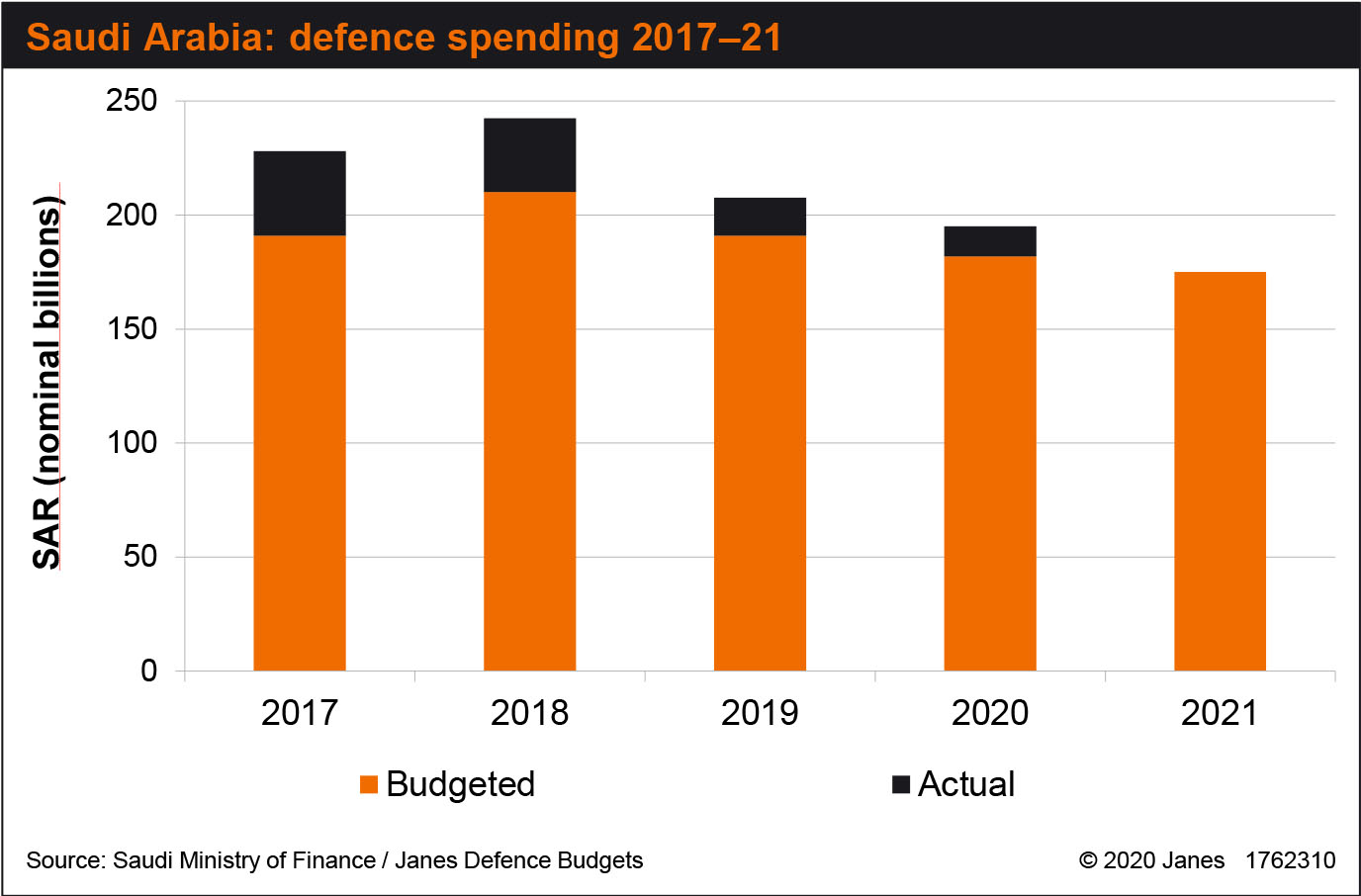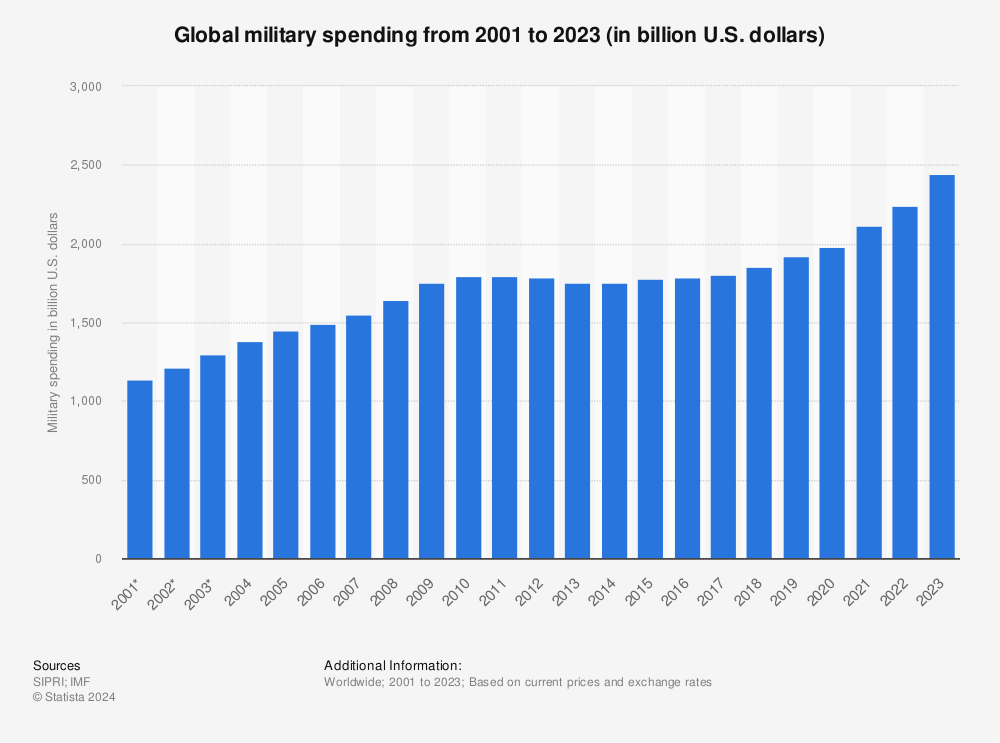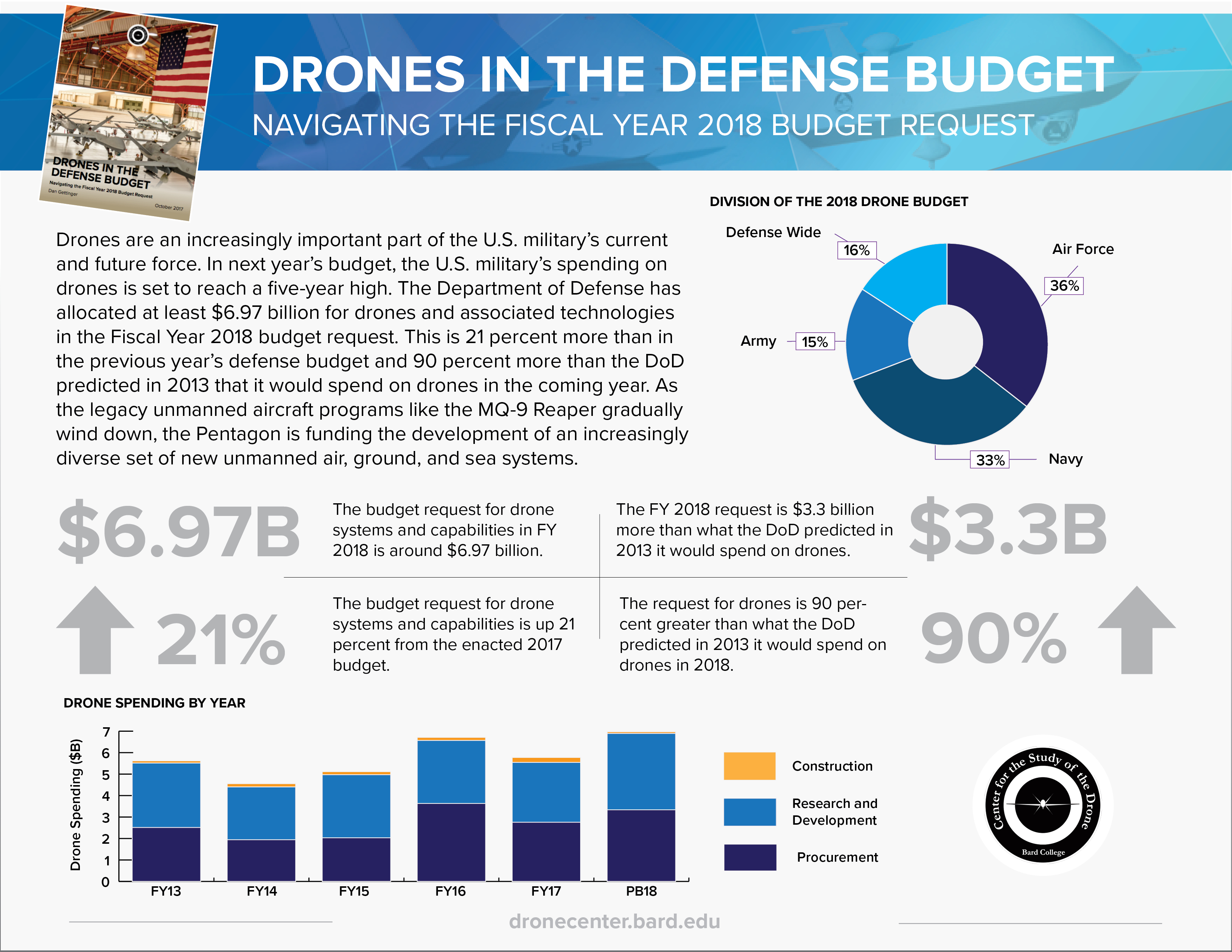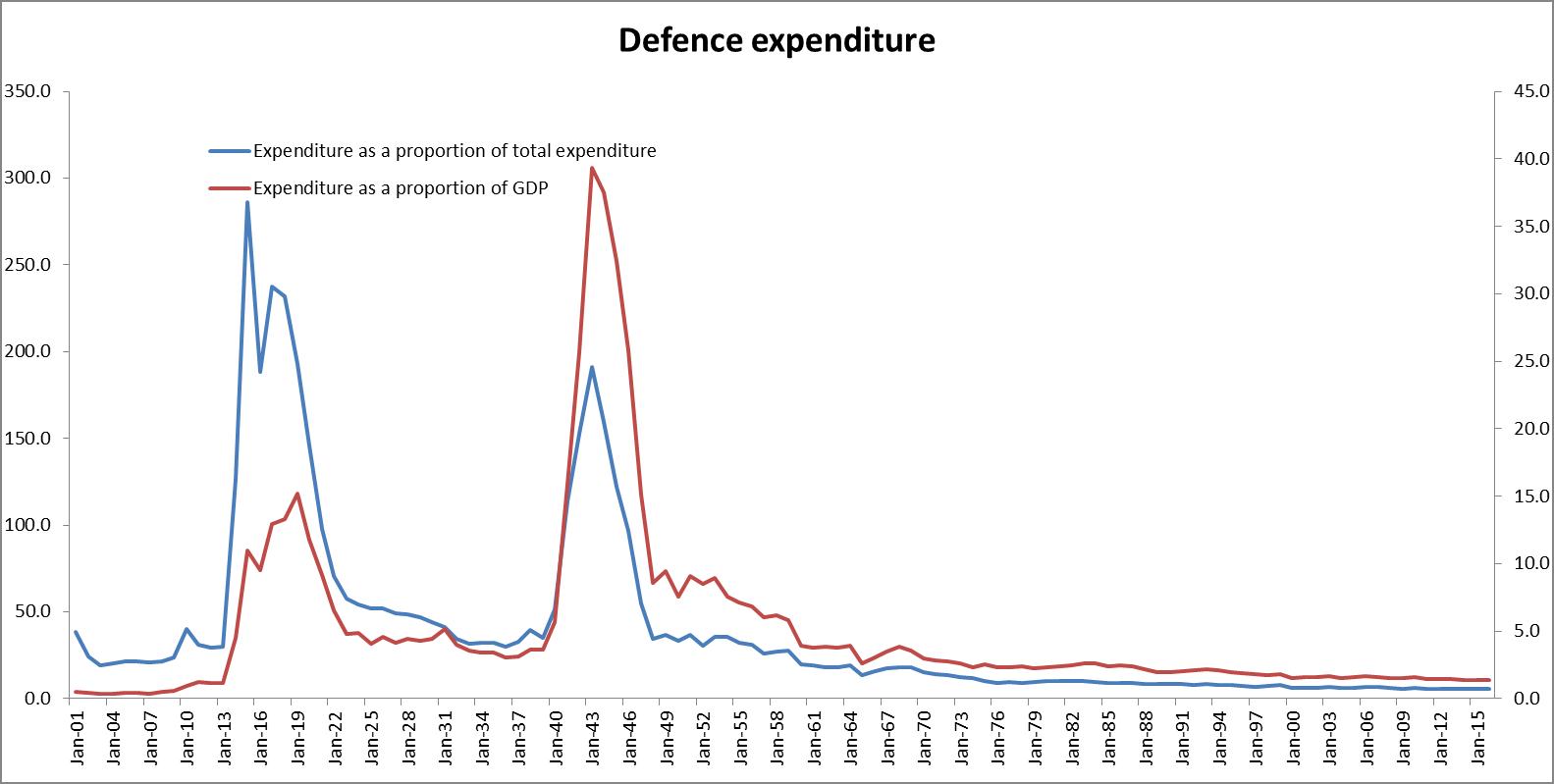Department Of Defense Spending Trends
If you're searching for picture and video information related to the key word you have come to pay a visit to the right site. Our website provides you with suggestions for viewing the maximum quality video and picture content, hunt and find more enlightening video content and images that match your interests.
comprises one of tens of thousands of video collections from several sources, especially Youtube, so we recommend this movie that you see. You can also contribute to supporting this site by sharing videos and images that you like on this site on your social networking accounts such as Facebook and Instagram or educate your closest friends share your experiences about the ease of access to downloads and the information you get on this website. This blog is for them to visit this site.

In the US public spending as a share of GDP was 105 in 1941 then went up to 441 in 1945 and then went back down to 122 in 1948.
Department of defense spending trends. The United States has the biggest defense budget in the worldIn 2016 the US. Download the Report The Burke Chair is issuing a broad survey of the major trends in the FY2019 US. 1 the size and nature of the defense industrial base is critically shaped by the amount and emphasis of US. Because decisions made in the.
It draws together official defence budgets and economic data to illustrate trends over time. 1 the award of DOD prime contracts in the United States declined from 164 billion to 107 billion from 1988-1997. Federal spending grew at a rate of about 76 annually from fiscal 2015 through 2019 when it rose to 594 billion The previous peak was fiscal 2010 when federal spending reached 563 billion. As shown in Figure 1 total defense contract obligations increased from 3654 billion in FY 2018 to 3812 billion in FY 2019 a 4 percent increase.
Trump sent Congress a proposed Fiscal Year FY 2021 budget request of 7405 billion for national security 7054 billion of which is for the Department. This report describes CBOs analysis of the 2020 FYDP which was issued in March 2019 and summarizes DoDs expectations about the costs of its plans from 2020 through 2024. Defense contract spending continued to grow in FY 2019 but at a lower rate than before as overall defense spending has started to level off. From the 1980s to the 2010s the funding for support activities in DoDs base budget rose in relation to funding for forces.
In most years the Department of Defense DoD produces a five-year plan called the Future Years Defense Program FYDP that is associated with the budget it submits to the Congress. Government expenditures as a share of national output went sharply up and down in these countries mainly because of changes in defense spending and national incomes. For FY 2017 Department of Defense spending amounts to 342 of GDP. Defense Drives Record Contract Spending.
Canadian Department of National Defence expenditures by core responsibility FY 2019. This represents a reduction in DoD funding of 22 percent or 41. The majority of the spending increases were at the. The United States federal budget consists of mandatory expenditures which includes Medicare and Social Security discretionary spending for defense Cabinet departments eg Justice Department and agencies eg Securities Exchange Commission and interest payments on debtThis is currently over half of US.
Government spending the remainder coming from state and local governments. Abbreviations bn billion EIU Economist Intelligence Unit GDP gross domestic product IT information technology LNG liquefied natural gas. Military spendingdefense budget for 2017 was 64675B a 108 increase from 2016. It is entitled The US.
Between 1980 and 1989 a period marked by the rapid defense buildup against. The budget it is too small to pay for the necessary capabilities and capacity demanded by our defense strategy and theres little chance it will be increased. Defence Economic Trends analyses significant trends in defence funding in the Asia-Pacific region. 1 the overall trends and geographical distribution of Department of Defense DOD spending between 1988 and 1997.
Download Historical Data Save as Image. The budget was released on February 10 it requests 98 billion for fiscal year 2021 on cyber activities while the previous budget was about 96 billion in the fiscal year 2020. 2 with regard to trends in the actual expenditures in segments of the defense industrial base after adjustments for inflation recent spending on procurement and RDTE contract awards is similar to spending just prior to the peacetime defense. In FY 2019 contract obligations accounted for 55 percent of DoD TOA the third-highest level of the.
That was followed by China. And 2 defense spending in conjunction with each states population and income tax contributionsGAO noted that. Military spendingdefense budget for 2018 was 68249B a 553 increase from 2017. What Trends Have Emerged in DoDs Support Funding.
Bloomberg Government tracks five important spending trends that developed during the past five years. Defense Budget in FY2019. The United States remains the worlds largest defense spender in 2019 with its 732 billion representing 38 percent of global military spending SIPRI has reported. Department of Defense spendings share of discretionary spending was 505 in 2003 and has risen to between 53 and 54 in recent years.
Military spendingdefense budget for 2016 was 63986B a 095 increase from 2015. Defense budget as reported from the time the President made his original budget request in February 2018 to full Congressional mark-up of the National Defense Authorization Act NDAA and the Presidents signature in July 2018. ANALYSIS OF THE FY 2021 DEFENSE BUDGET 1 1 Overall Trends in Defense Funding Total Defense-related Funding The fiscal year FY 2021 budget requests a total of 716 billion for the Department of Defense DoD including 108 billion in mandatory funding and 69 billion in Overseas Contingency Operations OCO funding. Pursuant to a congressional request GAO reviewed.
World Bank MLA Citation. It also enables comparisons between individual countries or regions. In addition this report provides a framework for judging the efficiency of that spending. Department of Defence had outlays worth 516 billion which constituted a slight rise compared to the year before.
GDP has grown over time the military budget can rise in absolute terms while shrinking as a percentage of the GDP. On February 10 2020 President Donald J. Washington must start making a. Forecast increase in military and defense spending 2010-2020 by world region.






